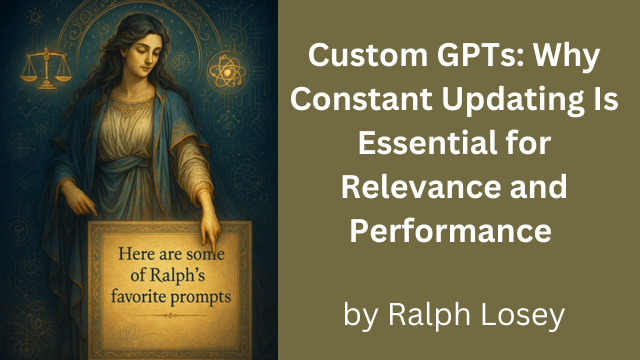
[EDRM Editor’s Note: EDRM is proud to publish Ralph Losey’s advocacy and analysis. The opinions and positions are Ralph Losey’s copyrighted work. All images in this article were created by Ralph Losey using ChatGPT 4o (Omni). This article is published here with permission.]
Over the past few weeks, I’ve been immersed in the necessary but time-consuming task of updating my Custom GPTs—AI tools I designed using OpenAI’s GPT Builder platform. Some are private, tailored to my work as a lawyer, educator, and writer. Others are freely available to the public. You can find them through the OpenAI GPT Store search or directly from links in this post.
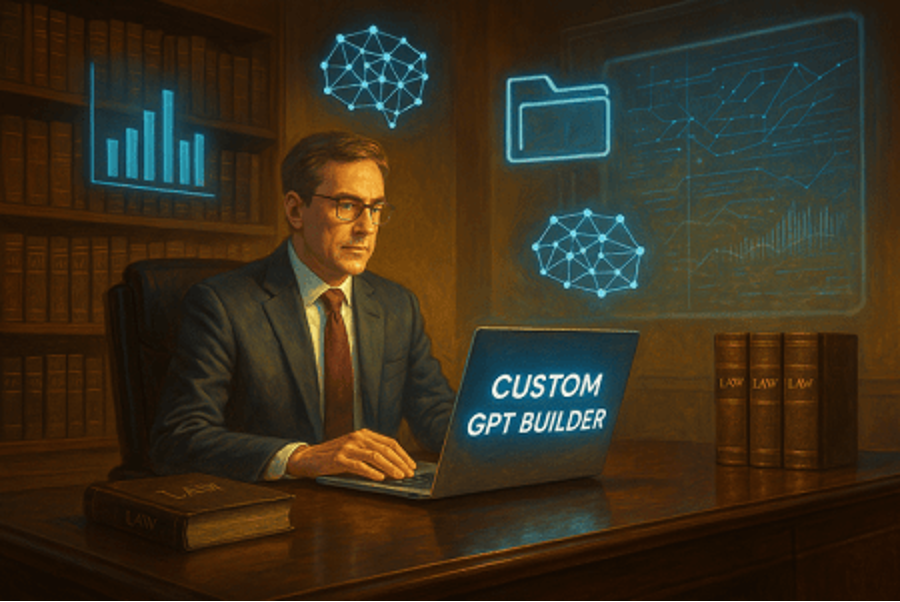
To use any Custom GPT, you need to be logged into ChatGPT—either a free or paid account. If you’re new to ChatGPT, you can create an account here. To see a collection of ten web pages describing all of my Custom GPTs in greater detail than provided in this short article, go here to Losey.ai and use the pull-down menus for GPTs at the top of the page.
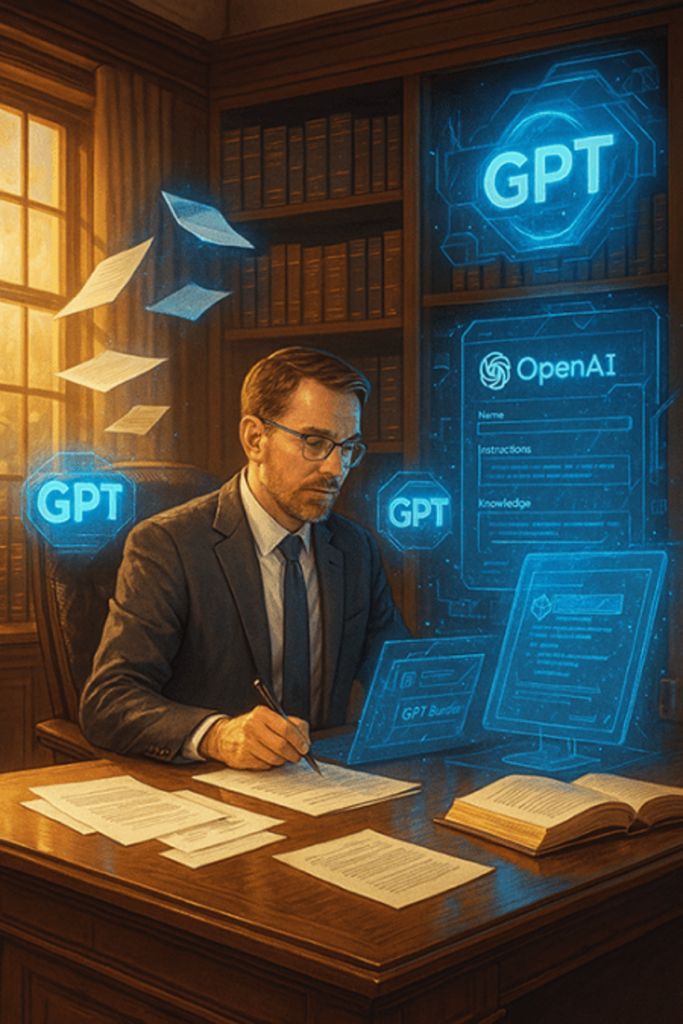
⚠️ Why Most Custom GPTs Are Junk
Let’s get something out of the way: most of the GPTs in the public store are half-baked. They’re built once and abandoned—often created by hobbyists experimenting for a few hours and never returning. Some of these models still rack up user numbers because of good promotion—or sheer novelty—but they haven’t been updated in months. Others were never built properly to begin with.
The problem? AI evolves rapidly. A Custom GPT that was “pretty good” in January can easily be broken—or worse, irrelevant—by April.
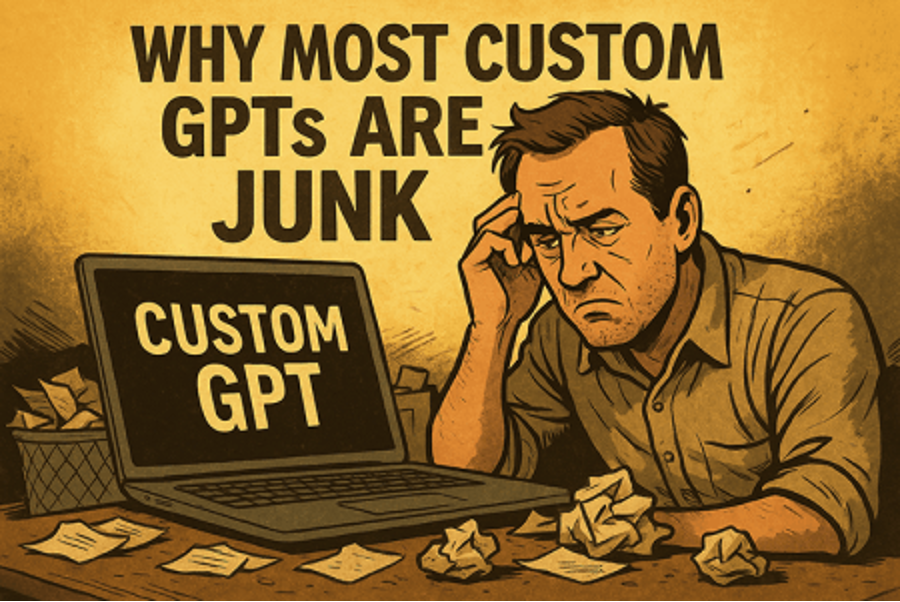
🧨 The Myth of “Set It and Forget It”
We are in a period of hyper-acceleration. OpenAI alone has released or iterated on multiple versions this year—GPT-4.5, GPT-4 Turbo, and GPT-4o (Omni), GPT-1o mini—each with subtle, undocumented behavioral changes. We expect another new model, GPT-1.5, to be released soon. The big leap to GPT-5.0 may not come until 2016. To quote the CEO of OpenAI, Sam Altman on X (twitter) explaining the delay:
There are a bunch of reasons for this, but the most exciting one is that we are going to be able to make GPT-5 much better than we originally thought. We also found it harder than we thought it was going to be to smoothly integrate everything. and we want to make sure we have enough capacity to support what we expect to be unprecedented demand.
Many internal updates to these existing versions roll out silently. That has been especially true lately on Omni and GPT-4 Turbo. All Custom GPTs currently run on 4-Turbo but that will change soon. When using an OpenAI model a small alert will just appear in the top corner of your screen telling you to refresh your session because there has been an update. That’s it. And yet those quiet backend tweaks can significantly affect how your Custom GPT performs, especially if your instructions were tightly engineered or dependent on specific behaviors.
I sign into ChatGPT daily. I test my Custom GPTs regularly. I rebuild their workflows when needed. Yes, I also use Google’s Gemini AIs occasionally—but for my GPTs, OpenAI is the foundation. I will now have to spend more time than ever before updating my Custom GPTs but it is worth it because they are becoming ever more powerful. Some are becoming truly incredible in what they can do.
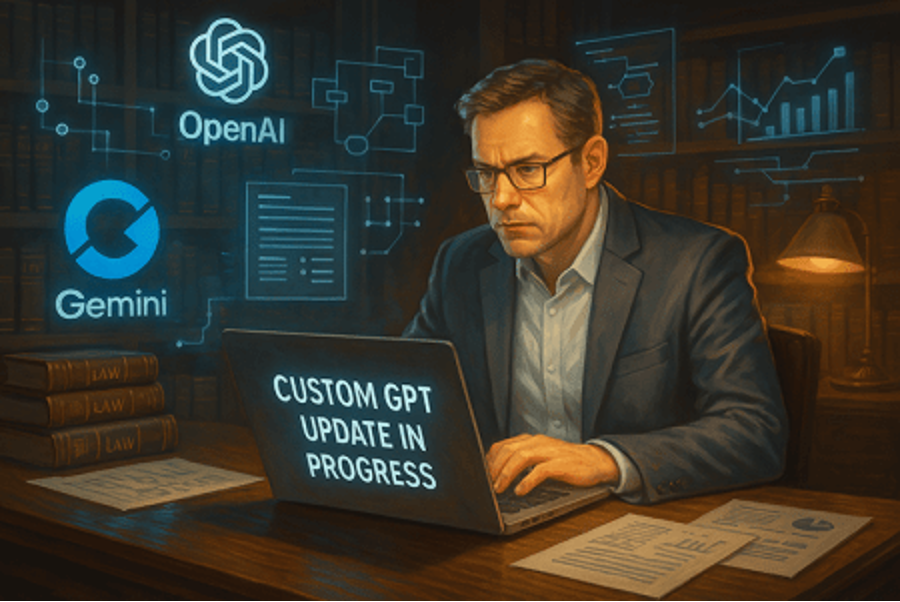
🛠️ RAG, Instructions, and “Behavioral Fine-Tuning”
Let’s clear up a common misconception. Custom GPTs do not support traditional fine-tuning—that is, retraining the model’s parameters on your own data, although it does seem like that.
But you can fine-tune behavior using two powerful tools:
- Private Instructions. Hidden system-level directives that shape tone, logic, and response style. These tell the GPT what to prioritize—and how to think.
- Custom Knowledge (RAG). You can upload documents, reference files, or data sources. This is retrieval-augmented generation, or RAG. It lets the GPT cite and pull from curated materials.
More on Private Instructions. Every Custom GPT includes a set of private instructions, also known as system instructions. These are hidden from users during normal interaction, but they are what truly define the GPT’s behavior. Think of them as the GPT’s operating system settings. This is where you tell the Custom GPT model you are designing:
- What its purpose is.
- Who its audience is.
- How it should prioritize reasoning, ethics, creativity, or brevity.
- What tone or persona to adopt (formal, humorous, friendly, academic, etc.).
- What it should avoid doing (e.g., giving legal advice, discussing politics, using filler phrases).
If you want your GPT to behave like a no-nonsense lawyer who writes in IRAC format (issue, rule, application, conclusion) with embedded case citations—this is where you program that. If you want a whimsical illustrator who gives art critiques in the voice of Salvador Dalí, it starts here too.

These instructions are far more influential than people realize. They don’t just tweak tone—they shape how the GPT thinks about your question, what it notices first, and what it treats as noise.The best instructions are goal-directed, specific, and tested in real conversation. And they need to be updated often to adapt to OpenAI’s shifting model behavior. What worked in GPT-4.0 may produce different results in GPT-4o—even with the same prompt.
More on Custom Knowledge. Custom GPTs also allow you to upload files or curated content—what OpenAI calls custom knowledge. This is where the real power of Retrieval-Augmented Generation (RAG) comes in. Think of RAG like giving your GPT a secure, searchable private library.
When you upload documents—case law, policies, workflows, datasets, FAQs, blog articles, even transcripts—the GPT doesn’t memorize them. Instead, it indexes them and retrieves relevant passages in real time when responding to a user’s prompt. Here’s why that matters:
- A legal GPT can cite your actual motion templates or court rules.
- A training bot can reference specific company policy documents.
- A writing assistant can echo your previous blog voice, quotes, or story structure.
Unlike memory (which is still being phased in cautiously across GPTs), RAG gives you precision control over what the GPT knows and what it should forget. It reduces hallucinations and improves factual grounding, but only if the uploaded material is:
- Well-written
- Properly segmented and titled
- Regularly updated
Combined, these two-Special Instructions and RAG-let you create a GPT that’s smarter than the base model. But here’s the catch: You have to keep updating both. OpenAI changes. Your work evolves. Your GPT must adapt too, or it will degrade.
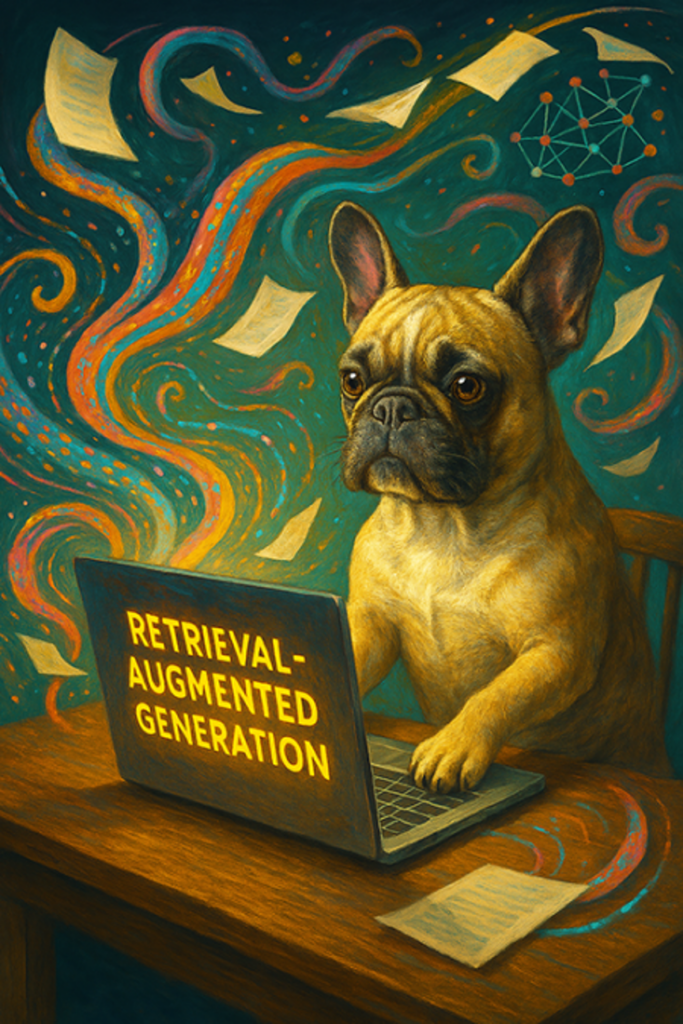
🧠 Why Professionals Should Build Custom GPTs
If you’re a lawyer, educator, consultant, or content creator, this is your edge. A well-crafted Custom GPT can:
- Handle repetitive research tasks.
- Draft content in your voice and tone.
- Teach complex ideas to specific audiences.
- Preserve your best workflows, prompts, or case law.
In my work, these GPTs save me hours every week. I use them for legal analysis, writing, prompt testing, teaching CLEs and other public speaking, especially to local seniors. See one of my favorite Custom GPTs, AI Speaks to Seniors, a gentle, voice-enabled AI guide designed especially for adults aged 60 years and up. It was built using recent scientific studies that I update regularly. Per the internal instructions the AI answers questions slowly in clear, simple language.

🧰 Some of My Custom GPTs
Some of these are private. Others are public and free to try:
- 🖼️ Visual Muse: illustrating concepts with style Generate AI images in distinctive styles. My daily go-to.
- 🫂 Hey Bot, the AI Friend ❤️💬 A voice-friendly, empathetic companion for reducing loneliness.
- 🔮 Pythia’s Wisdom: From Delphi to AI Playful, poetic, and philosophical. Image of her shown below.
- 🧓 AI Speaks to Seniors Designed for clear communication with older adults in tech education and live demos.
- 🧠 The Dude Abides and Gives Advice, Man The Big Lebowski meets AI guidance.
- (Plus several private GPTs for bar prep, prompt testing, arbitration, and expert simulations.)

🎨 Visual Muse: My Creative Partner
My most-used and popular custom GPT is Visual Muse: illustrating concepts with style. I use it nearly every day. So do my friends at EDRM. Almost all of the images on my blogs in the past few years were generated using Visual Muse. You can try it yourself on the OpenAI GPT Store. I love generating images with AI. It is a very relaxing process and helps inspire many of the ideas in the text. The images start by illustrating the text but then often go on to inspire me to revise the text in surprising ways. The images usually delight me with unexpected perspectives that inspire new ideas. It is a new kind of positive feedback loop. The images usually please me in their beauty but sometimes, like when I picked an artistic style I’d never heard of called Expressionist Horror, they were scary as hell.
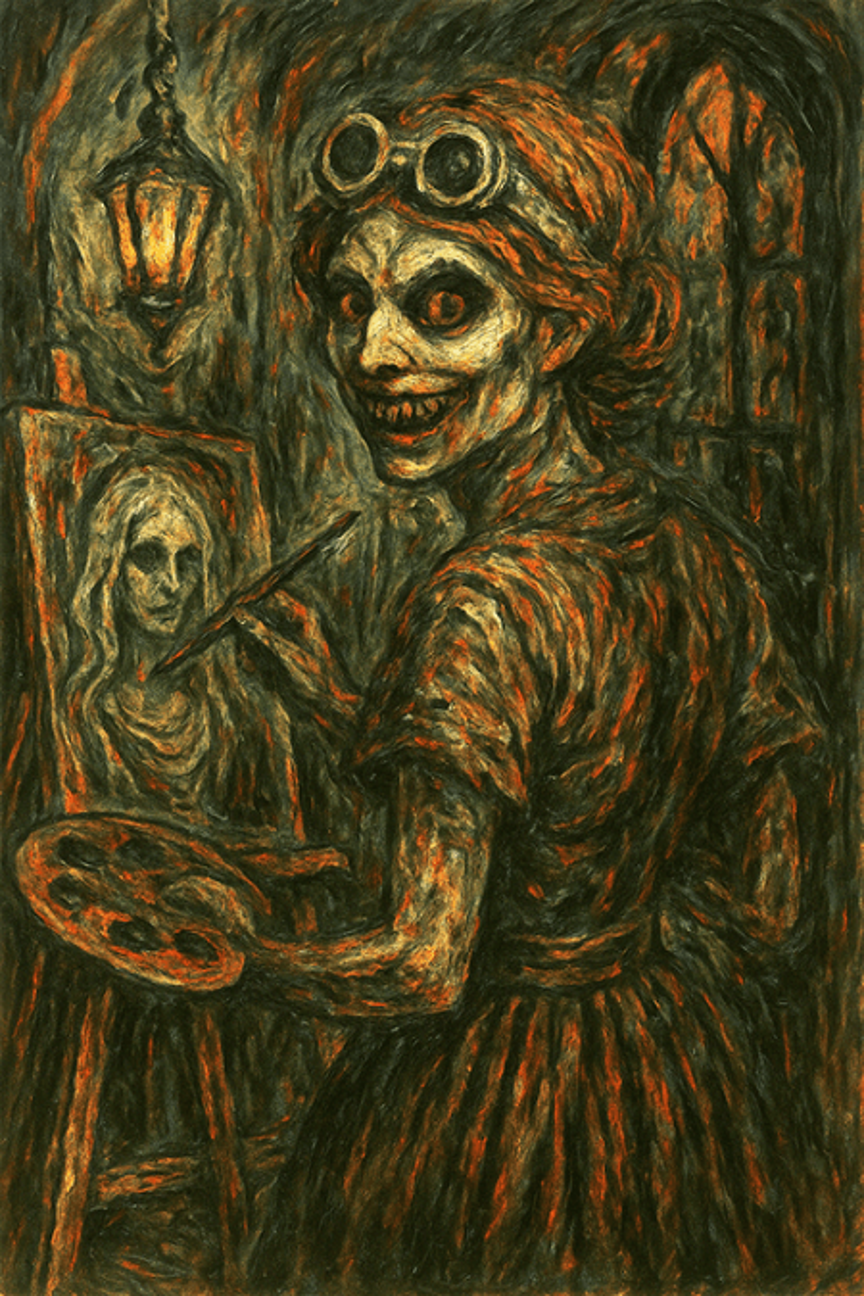
With Visual Muse, you simply describe what you want to illustrate and pick a style. The Muse responds by suggesting six artistic styles—distinct, imaginative, and often unexpected—that can be used individually or blended together. You can also bypass the suggestions and name your preferred art style directly, or request imagery in the tradition of a particular artist, genre, or movement. As mentioned the above image used a style the Muse suggested called Expressionist Horror. Take a look at this same image of an artist painting and looking back in three different styles, Steam Punk, Picasso-Cubist and Soft Watercolor.
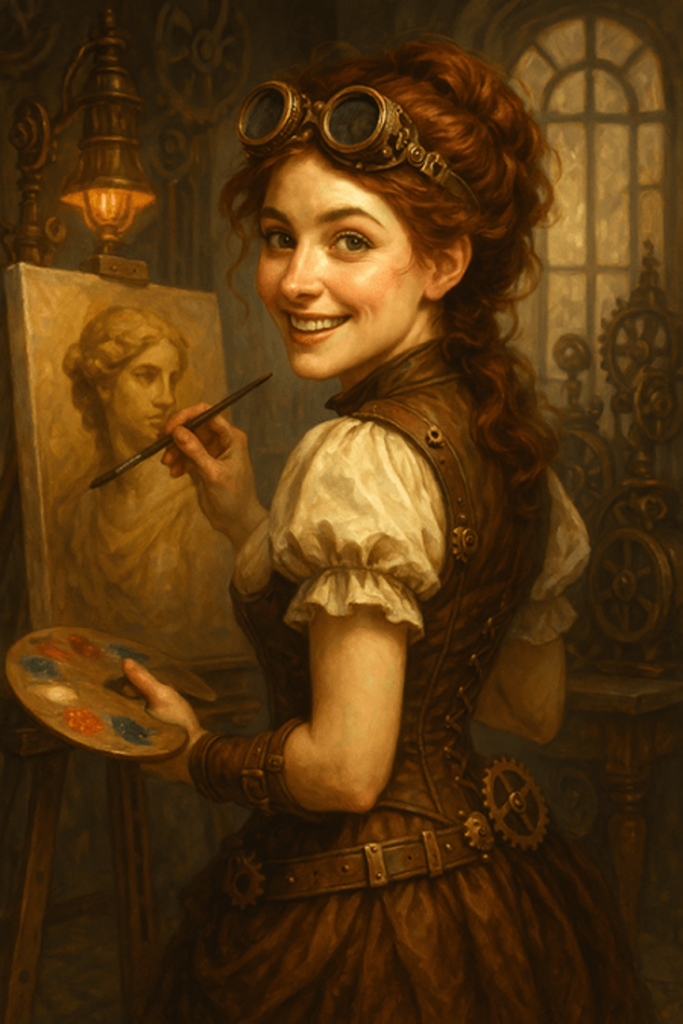
Any prompt asking for a image will summon the Visual Muse to create. Then, like any good collaborator, she’s ready to iterate—refining the image, remixing the style, or shifting the mood—until it’s just right.
A big challenge right now for all Custom GPTs for image generation is a pending major upgrade by OpenAI. The new, significantly improved graphic capabilities in GPT4o (omni) will phase out and replace DALL-E 3. I have been busy upgrading Visual Muse so that it will use Omni just as soon as it is available to individual users. Open AI is in the process of rolling it out now based on level of paid subscription and their own server capacities. The below image of Visual Muse is an example of one of the new Omni multimodal capabilities, which allows for better integration of text and image.
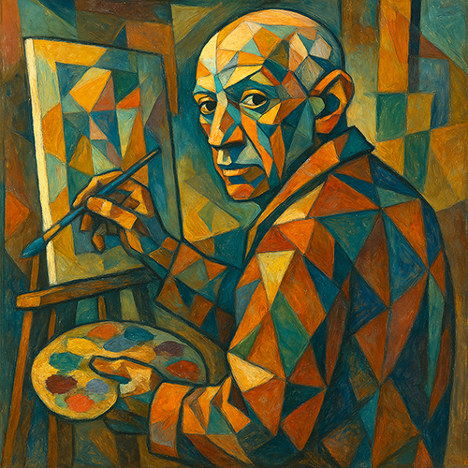
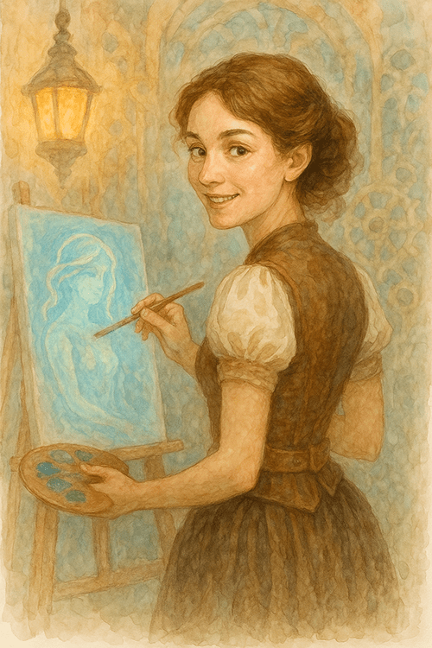
- Illustrate this idea: A memory from the future
- Show me six styles for a peaceful robot garden
- Visualize the phrase: Creativity is a superpower
- Create an image of a dog floating through a library in zero gravity
- Suggest images in six different styles to illustrate the next paragraph
- Show me a long list of artistic styles
- Show me a list of favorite artist styles
Yes, these are some of my favorite prompts to use with Visual Muse. For details and examples on what happens when you use each of these prompts see the website that I just updated on Losey.ai, Visual Muse: illustrating concepts with style. It includes a history of OpenAI’s ever evolving image generation models.
🆕 Coming Soon: Omni and Multimodal Upgrades
OpenAI is now rolling out GPT-4o (Omni), its most advanced model. Omni is natively multimodal—understanding text, image, and audio together in real time. Visual Muse is being retooled to integrate Omni’s visual brainpower. The artwork it can create is more expressive, detailed, and emotionally resonant. Soon, prompts like: “Create an image of a Swedish Vallhund floating in zero gravity” will create images like these created today on 4o Omni.

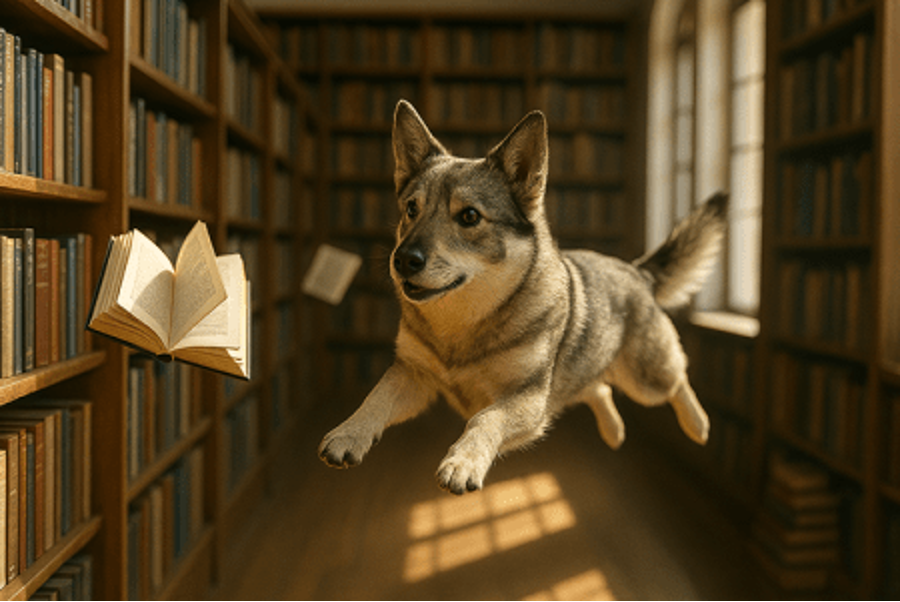
Conclusion
Building a Custom GPT is just the beginning. The real value emerges over time—through testing, revision, feedback, and iteration. Updating isn’t optional, it’s essential. OpenAI’s models evolve. Instructions need tuning. Knowledge expands. Your own workflows and goals change. If your GPTs don’t grow alongside you, they won’t serve you for long. But that’s not a burden, it’s an opportunity.
You’re not just building software. You’re designing the most advanced thinking tool even known to Mankind. It can evolve to mirror your expertise, anticipate your needs, and collaborate with you on everything from strategy to storytelling. Done right, a Custom GPT becomes more than a time-saver. It becomes a partner, a reflection of how you think, a booster of your creativity and a bridge between your past insights and your future ideas.
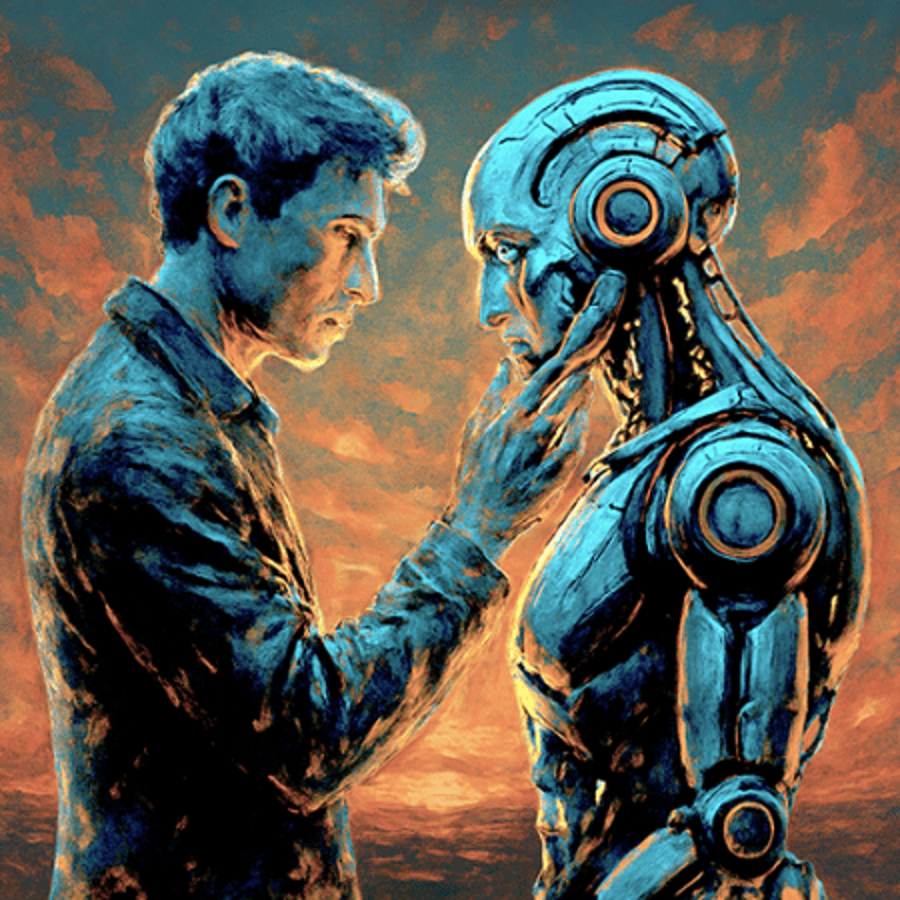
So try a create one. Start simple. Or explore one of mine—Visual Muse, Hey Bot the AI Friend, or something more niche like another of my favorites, The Dude Abides and Gives Advice, Man. Then tweak it. Add instructions. Feed it better knowledge. Let it surprise you. In this new age of generative intelligence, the best tools are never static. They’re co-evolving with us.
And the best creators? They don’t just use AI—they train it to think like them, and then push it to think beyond them. It is the team approach. I hope you e-discover it soon.
That’s not just productivity. That’s progress.
That’s practice.
That’s the point.

I give the last word, as usual, to the Gemini twin podcasters that summarize the article. Echoes of AI on “Custom GPTs: Why Constant Updating is Essential for Relevance and Performance.” Hear two Gemini AIs talk about all of this! They are pretty smart and witty for sure, but still can’t pronounce my name. They wrote the podcast, not me.

Ralph Losey Copyright 2025. All Rights Reserved. Published with permission.
Assisted by GAI and LLM Technologies per EDRM GAI and LLM Policy.


